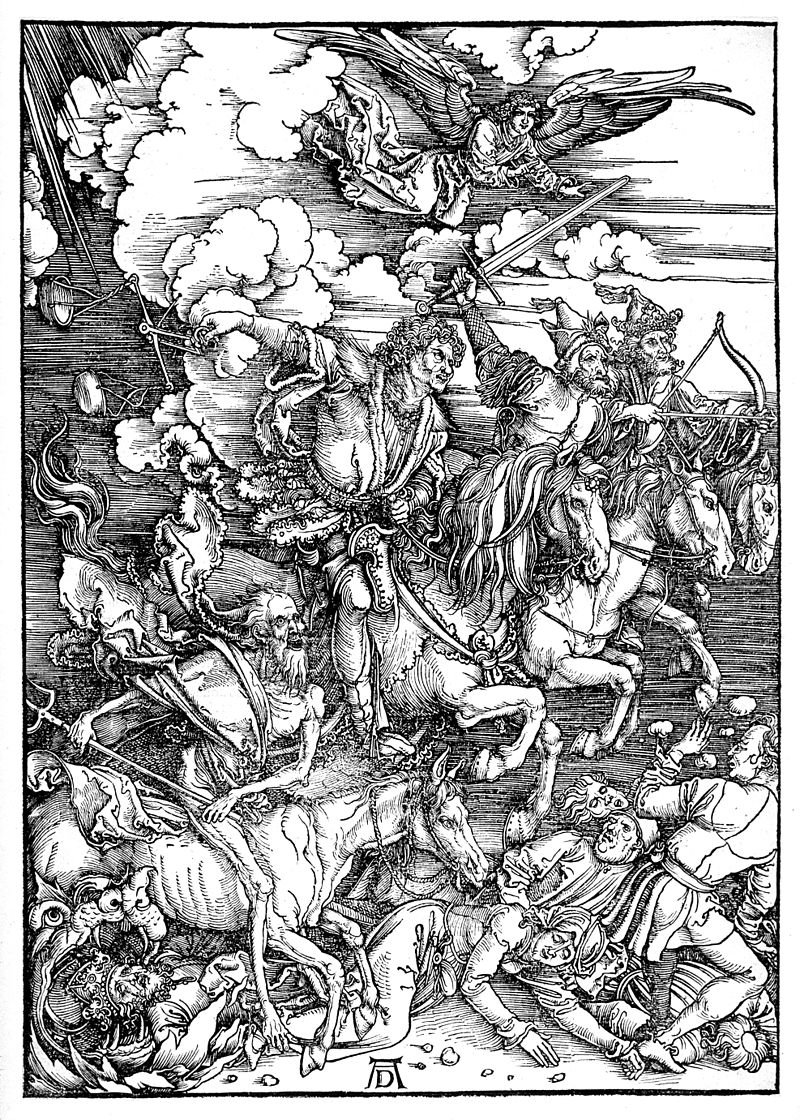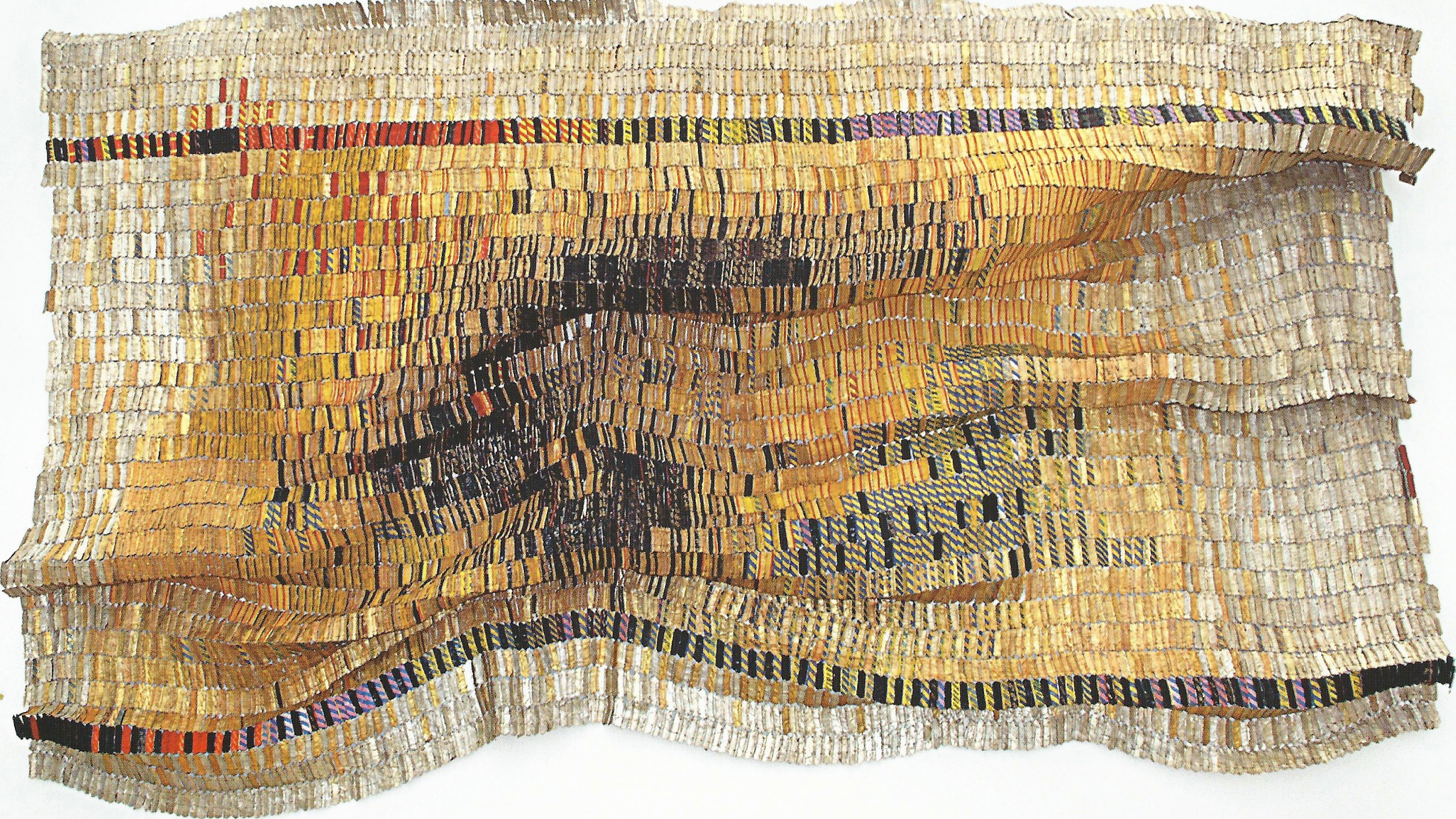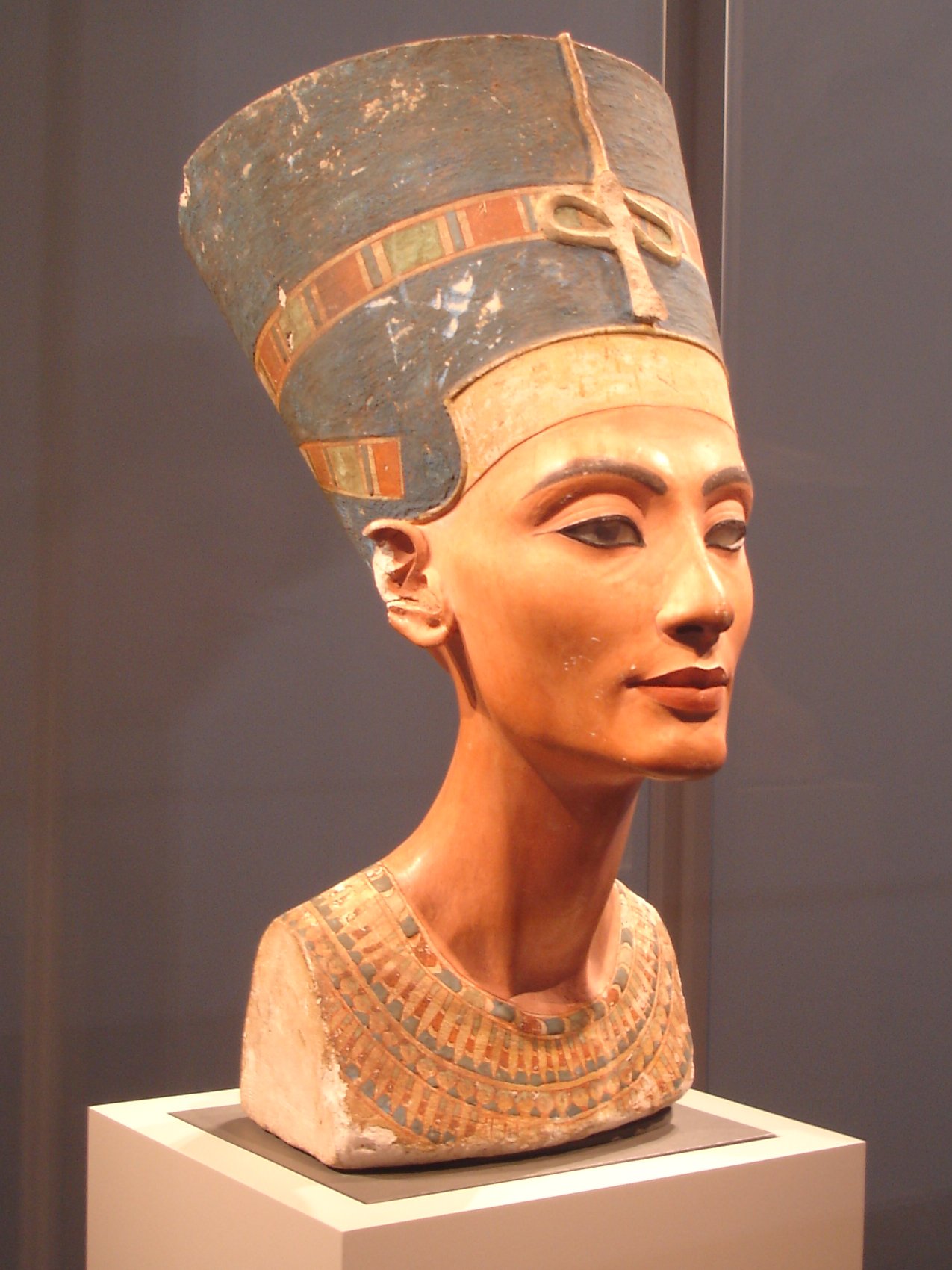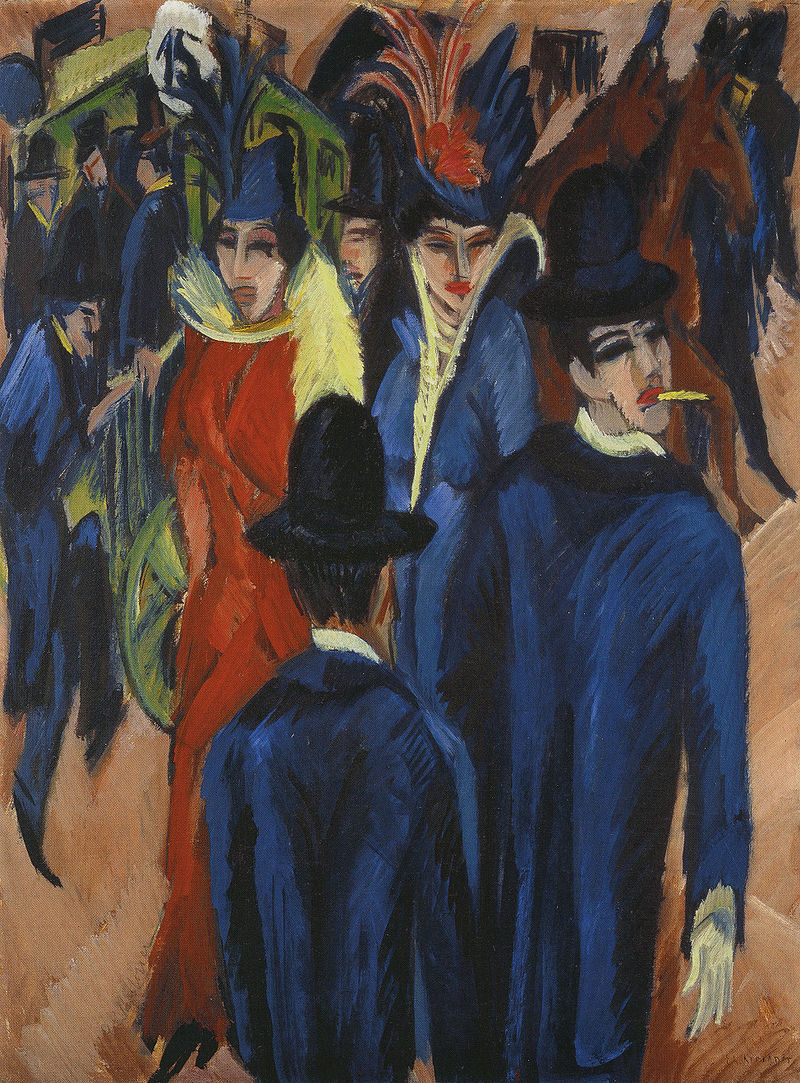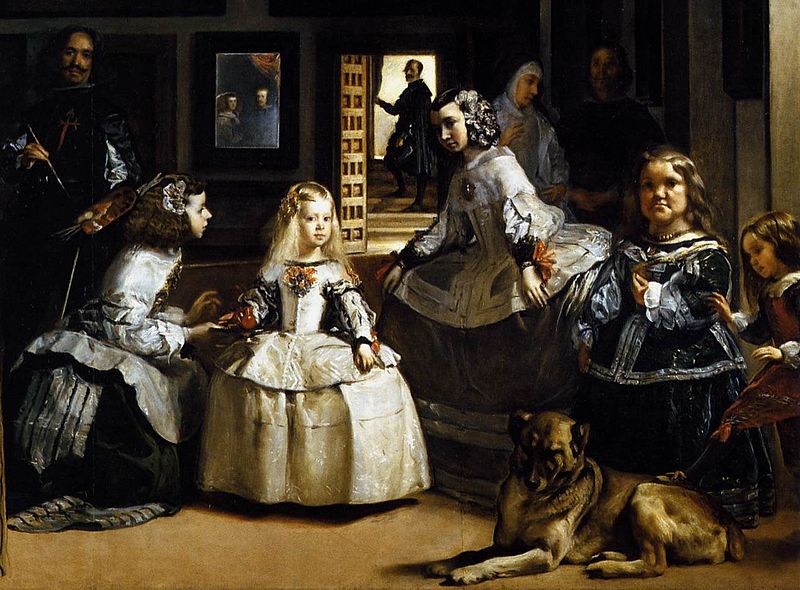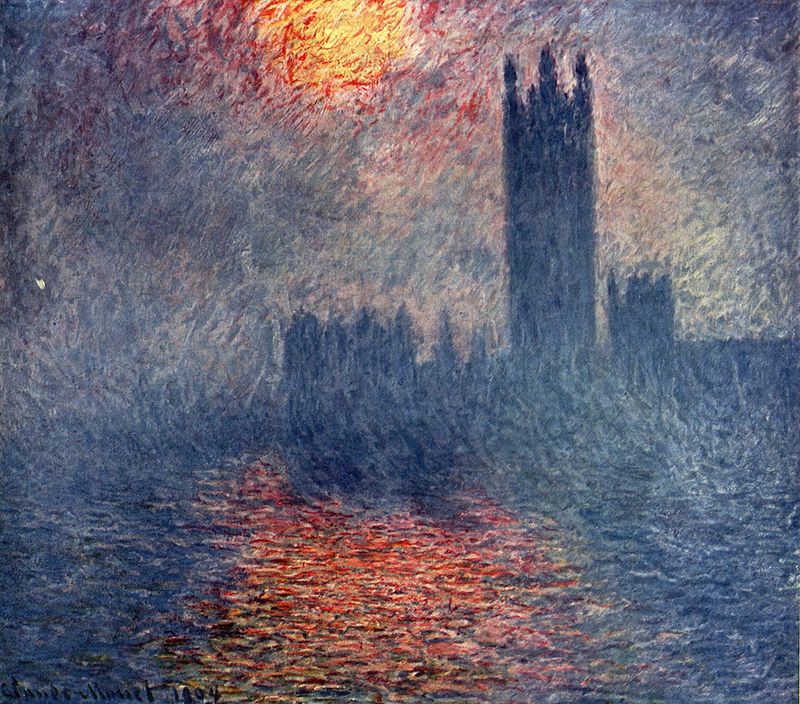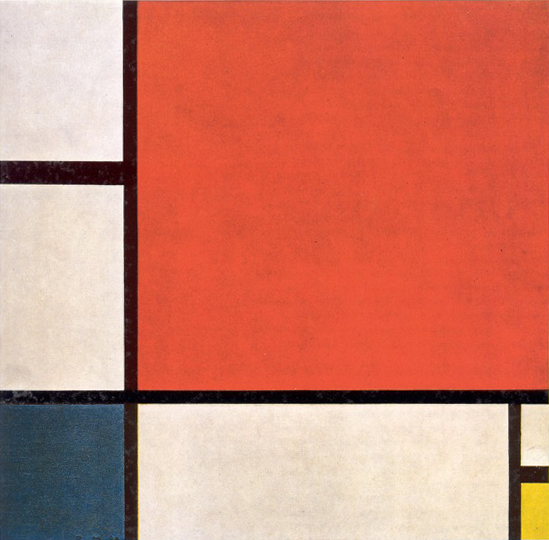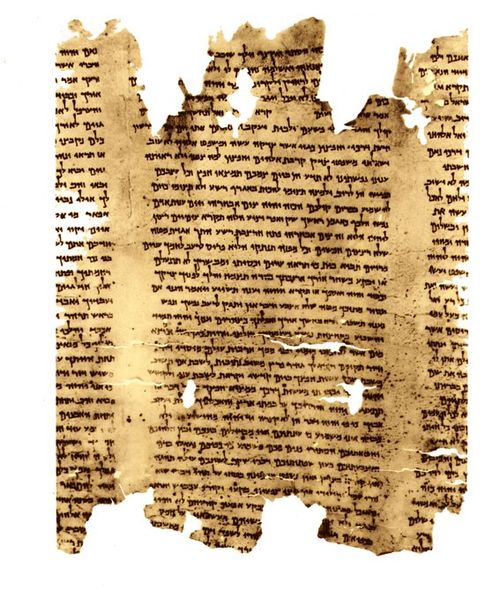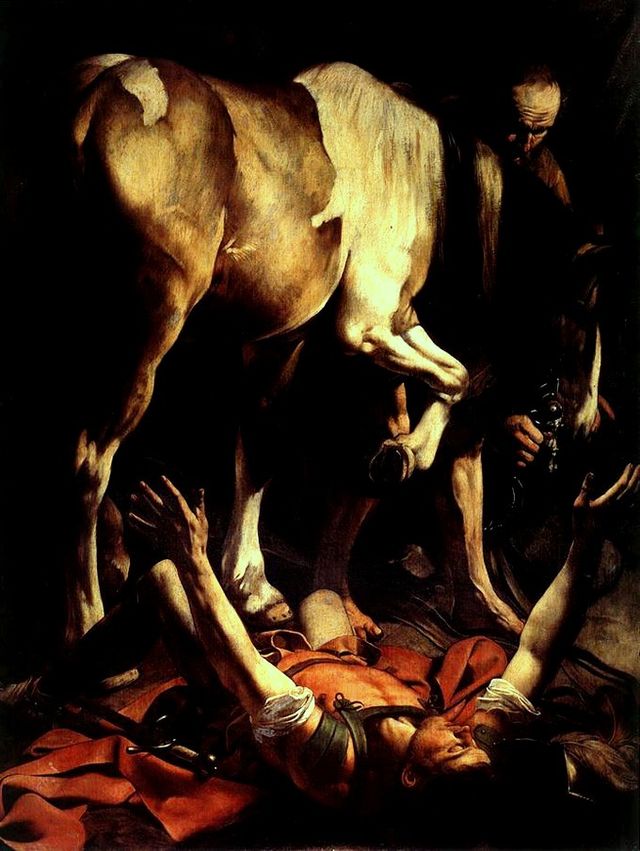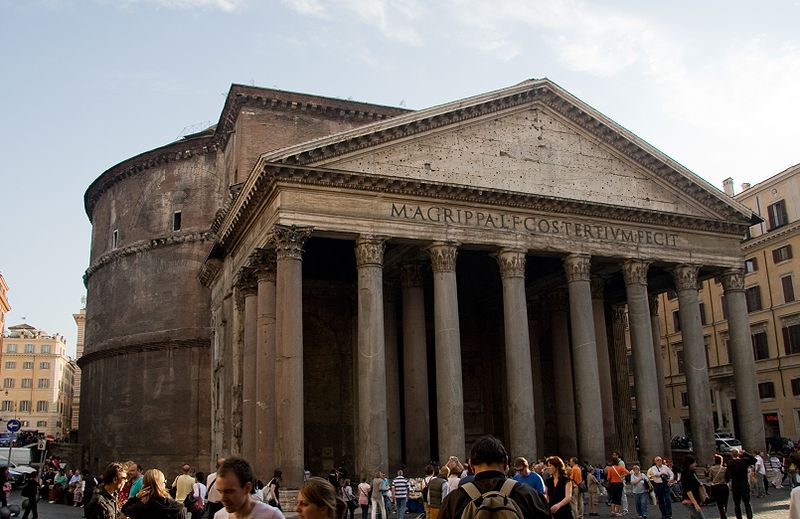Horror vacui (noun) Fear or dislike of empty space in the visual arts. Many accuse artists from the Ancient Egyptian era to Jackson Pollock of suffering from horror vacui. The term frequently is used to describe Islamic art in which … Continue reading
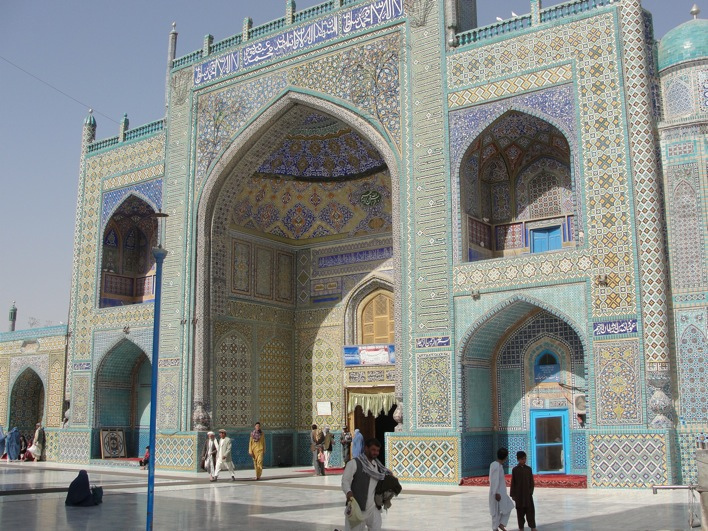 Shrine of Hazrat Ali, also know as the Blue Mosque, 15th century, Mazari Sharif, Afghanistan. Photo by Michal Hvorecky, Creative Commons license via Wikimedia Commons.
Shrine of Hazrat Ali, also know as the Blue Mosque, 15th century, Mazari Sharif, Afghanistan. Photo by Michal Hvorecky, Creative Commons license via Wikimedia Commons.

